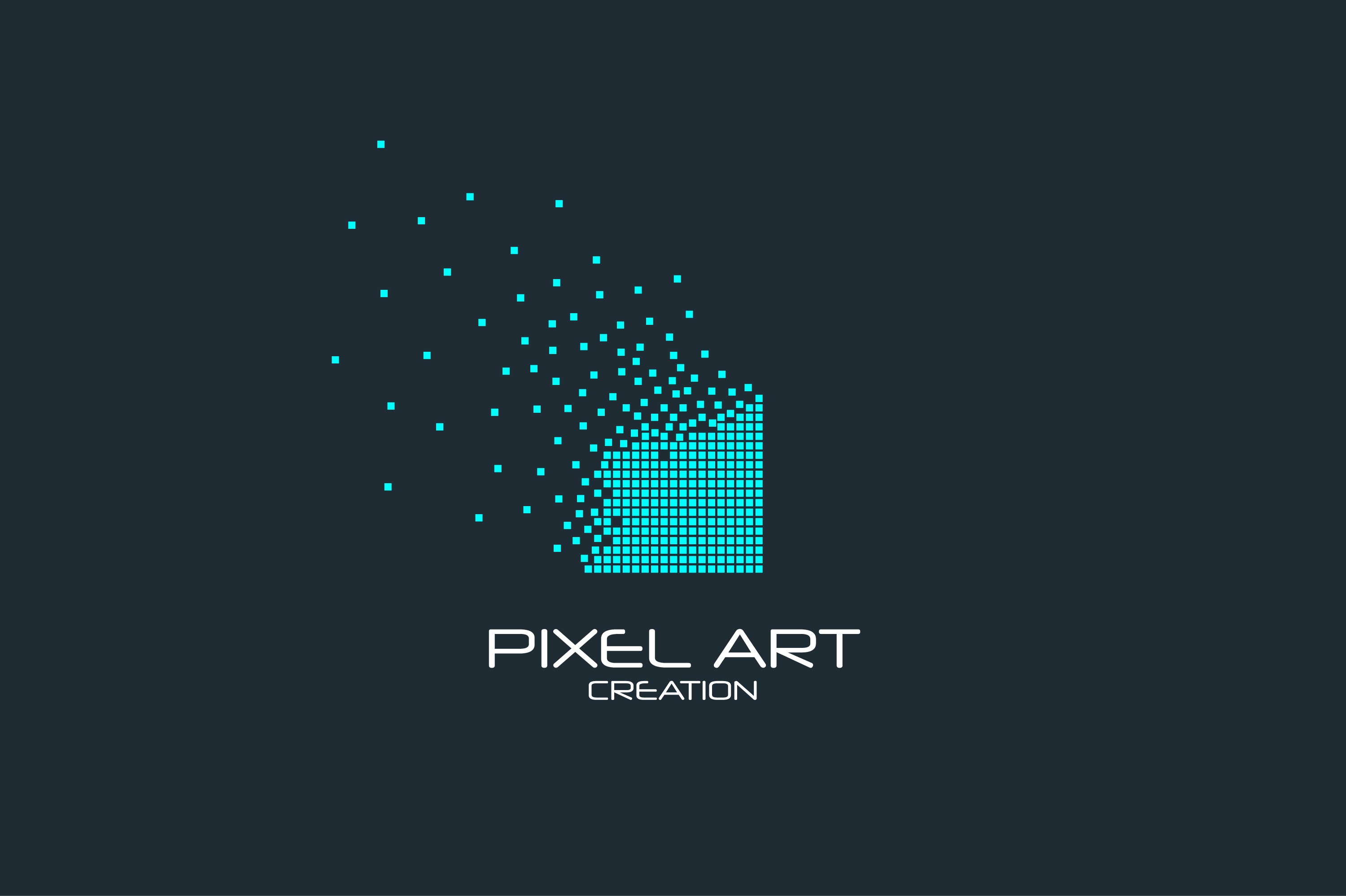In the physical sense, a pixel is a small, discrete element that makes up the display of an electronic device, such as a computer monitor or a television. Each pixel consists of a combination of electronic components, such as a transistor, capacitor, and light-emitting diode (LED), that work together to display a specific color.
Pixels are typically arranged in a grid pattern on the display, with each pixel being a uniform size and shape. The size of each pixel can vary depending on the resolution of the display, which is the number of pixels that can be displayed in a given area. For example, a display with a resolution of 1920 x 1080 has 1920 pixels horizontally and 1080 pixels vertically, for a total of over 2 million pixels.
The physical properties of pixels, such as their size and spacing, can have a significant impact on the quality and clarity of the image displayed on the screen. In general, displays with smaller pixels and closer spacing between pixels tend to have higher resolution and sharper images.
In addition to their use in electronic displays, pixels also play a role in other areas of technology, such as digital photography and image editing. In these contexts, pixels are used to represent individual points of color within a digital image, and can be manipulated and adjusted to create a desired effect or result.
Overall, while pixels may seem like small and insignificant components, they are a crucial part of modern technology and play a significant role in the quality and clarity of the images and displays we see every day.
In the image sense, a pixel is the smallest unit of measurement in a digital image. It is a tiny, square-shaped point of color that is combined with other pixels to create an overall image. Each pixel represents a specific color and its intensity, and its placement relative to other pixels determines the shape and details of the overall image.
The resolution of an image is determined by the number of pixels that make up the image. A higher number of pixels typically translates to a higher resolution and a more detailed image. The resolution of an image is often measured in pixels per inch (PPI) or dots per inch (DPI), which represents the density of pixels or dots within a given area.
Pixels can also be used to represent individual points of color in other forms of digital media, such as video or computer graphics. In these contexts, pixels are used to create a series of frames or images that, when played back at high speed, create the illusion of motion or animation.
One important consideration when working with pixels in digital images is their quality or clarity. If a digital image is made up of too few pixels or has a low resolution, it may appear blurry or pixelated when viewed on a high-resolution display. Conversely, if an image is made up of too many pixels or has a very high resolution, it may take up a large amount of storage space and be difficult to work with.
In general, understanding the role and properties of pixels is essential for creating and working with high-quality digital images. By manipulating pixels and their colors, sizes, and shapes, it's possible to create digital images that are rich in detail and color, and that can be used in a wide range of applications, from web design to digital art.
What does the point refer to?
A point is an abstract concept that can refer to many different things in different scenarios.
In the usual sense, a point refers to a small dot or mark made on a surface with a pen, pencil, or other writing instrument. It is a physical object that can be seen and felt, and it can be used to represent individual items or to indicate a specific location or position.
In the image sense, a point refers to the smallest unit of an image, which is typically a digital image. It is a fundamental building block of digital images and is represented by a single pixel, which is a tiny square that contains a specific color value.
Points can be used in a variety of contexts, such as in drawing and sketching, where they can be used to create lines, shapes, and textures. They can also be used in writing and printing, where they can be used to create letters, numbers, and symbols.
In geometry and mathematics, a point is a fundamental concept that is used to describe a precise location in space. It is a dimensionless object, meaning that it has no size or shape, and it is typically represented by a small dot. Points are used to describe the position, size, and shape of objects and spaces.
The dots do not represent a definite thing, but change as the scene changes. The usual point refers to a small dot or mark that can be used in a variety of contexts, such as in drawing, writing, and printing, to represent individual items or indicate a specific location or position.
Read more

AMOLED displays have become increasingly popular in recent years due to their vibrant colors, high contrast ratios, and low power consumption. However, one question that often arises is whether AMO...

This is a list of Samsung smartphones that use AMOLED screen. Samsung Galaxy Z Fold Samsung Galaxy Z Flip 3 Samsung Galaxy S21 Ultra Samsung Galaxy S21+ Samsung Galaxy S21 Samsung Galaxy S20 FE Sa...



Leave a comment
This site is protected by hCaptcha and the hCaptcha Privacy Policy and Terms of Service apply.